How to grow tomatoes from seeds in 5 easy steps
Here’s how to grow tomatoes in five simple steps for a summer harvest
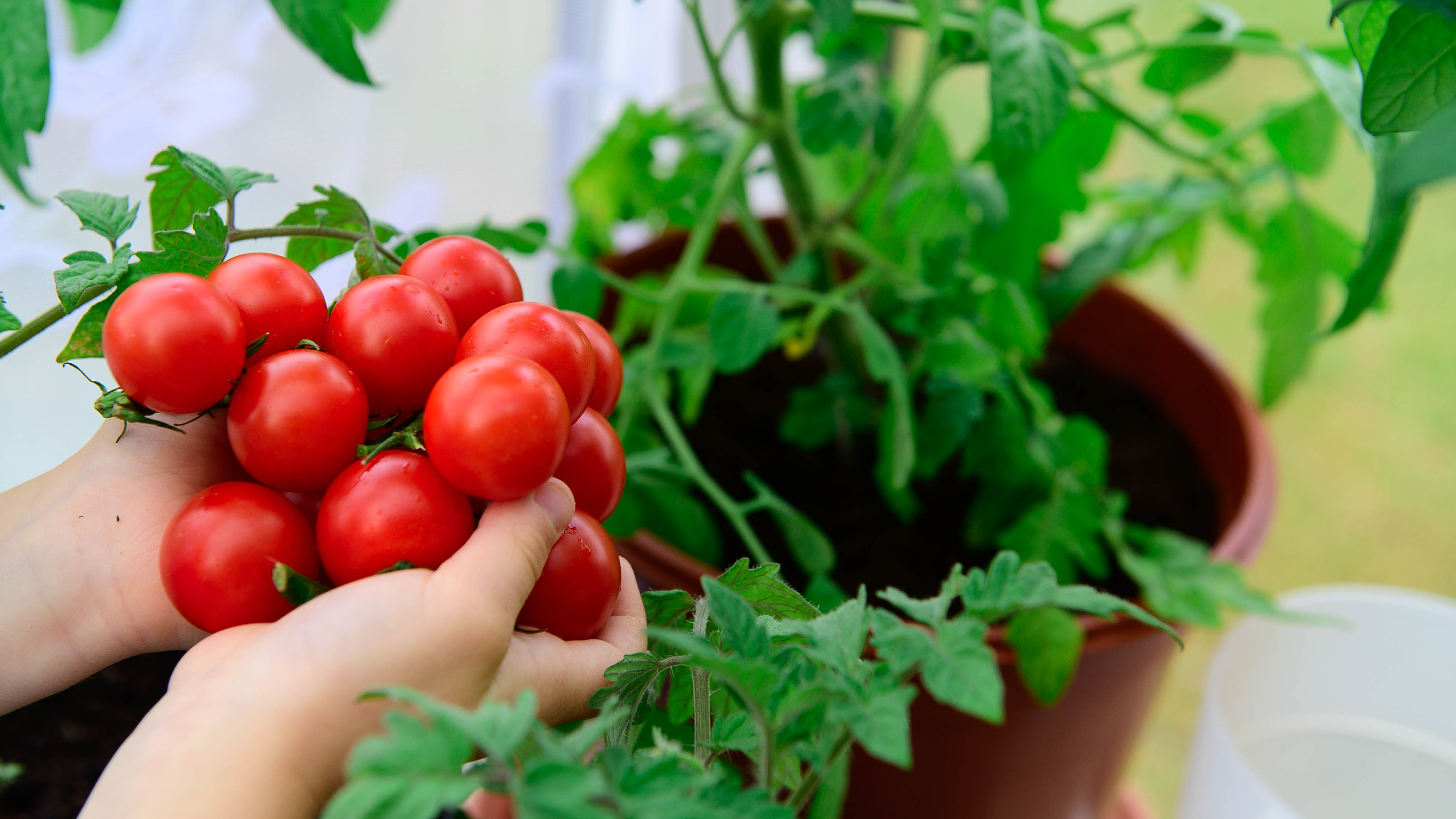
If you prefer the taste of fresh tomatoes in your salads or meals, you can easily learn how to grow tomatoes from seeds. Homegrown tomatoes are not only as organic as you can get, but will also save you money on your grocery bills.
The good news is, you don’t have to have a green thumb to know how to grow tomatoes — they're pretty easy to manage, much like how to plant potatoes. And while it may seem easier to just buy the ready-to-go, tomato plants from your local plant centers, growing tomatoes from seeds are actually not that difficult to do. And, you'll have far more options from which to choose.
What’s more, tomatoes tend to grow in abundance when placed in the right conditions, so you can look forward to plenty of harvest during the growing season — particularly if you follow these 7 ways to get more fruit from a tomato plant. So, if you want a juicy, summer harvest, follow our easy steps on how to grow tomatoes from seeds. (You can also learn how to prune tomato plants once you plant them and how often should you water tomato plants and when should you do it?). But just make sure you you check out 9 mistakes to avoid when sowing seeds.
If you're new to the world of growing food, check out the 9 easiest vegetables to grow for beginners. Or these are the 7 easy-to-grow plants for beginners. Or if you'd like to grow your own flowers, take a look at 3 flower seeds to sow in May for beautiful blooms and how to grow sunflowers.
How to grow tomatoes from seeds
1. Choose your tomato seed type
If you don’t have a favorite, there are many varieties of tomato seeds to experiment with. When selecting tomato seeds, always look for a certified organic seed, which would be free from additives. Also check if the tomatoes you want to grow are determinate or indeterminate. Essentially, determinate varieties grow to a fixed size and ripen quickly, while indeterminate varieties are ‘vining tomatoes’ that continue to grow taller throughout the season.
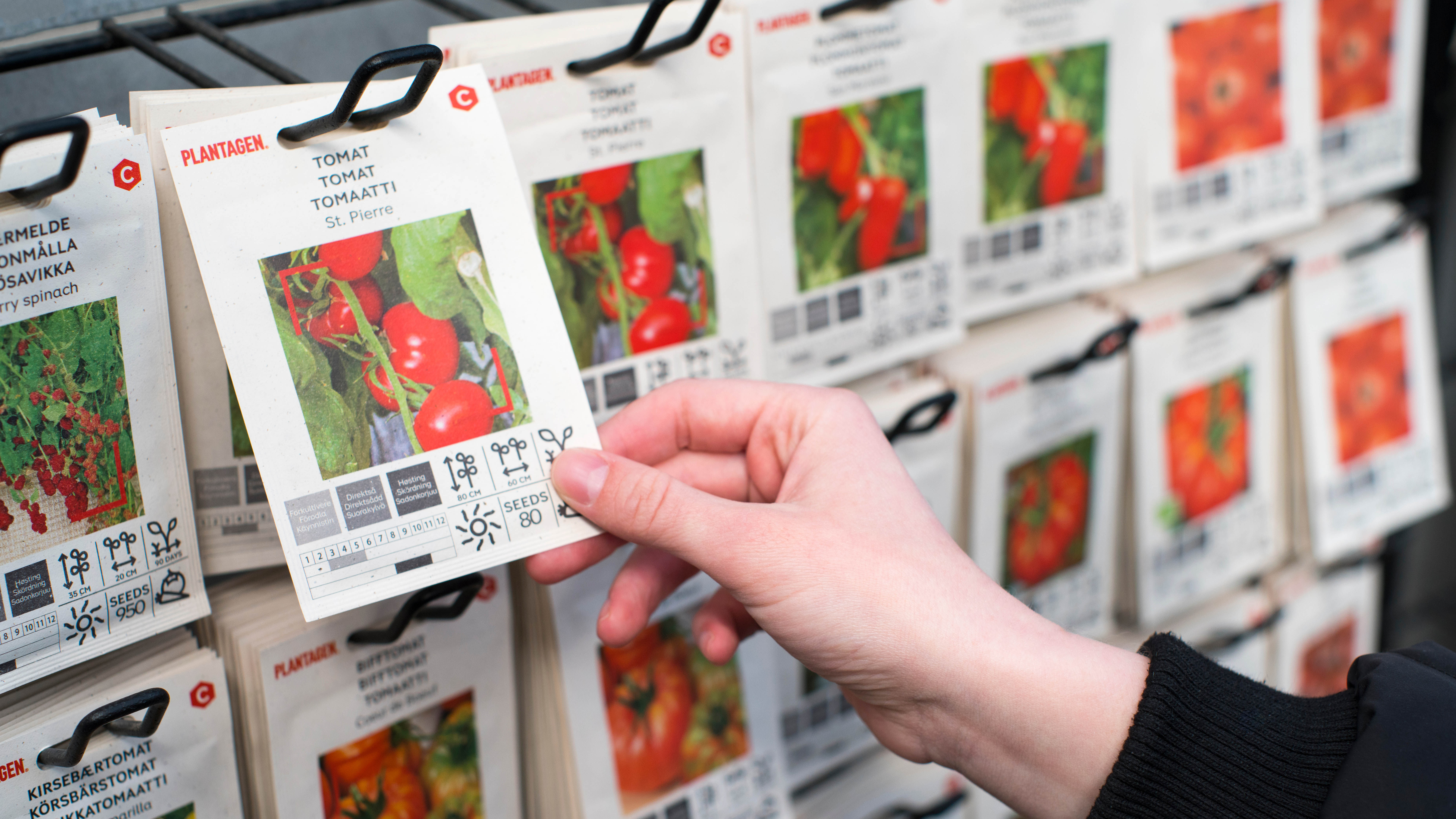
2. Get your containers ready for planting
Tomato plants naturally love the heat, so gardeners advise sowing seeds indoors first before transplanting the seedlings outdoors in the soil. Place your growing containers on a flat surface. Then add your potting mix, leaving about half an inch between the soil and the top. Gently tamp the soil before planting seeds.

3. Plant the seeds
Place 2-3 seeds per container and space them apart with equal distance. Bear in mind, not all will germinate so you want to sow a few at once. Then, cover the seeds with a sprinkling of extra potting soil before lightly watering the soil. Ensure the soil is moist but not soaked.
Sign up to get the BEST of Tom's Guide direct to your inbox.
Get instant access to breaking news, the hottest reviews, great deals and helpful tips.
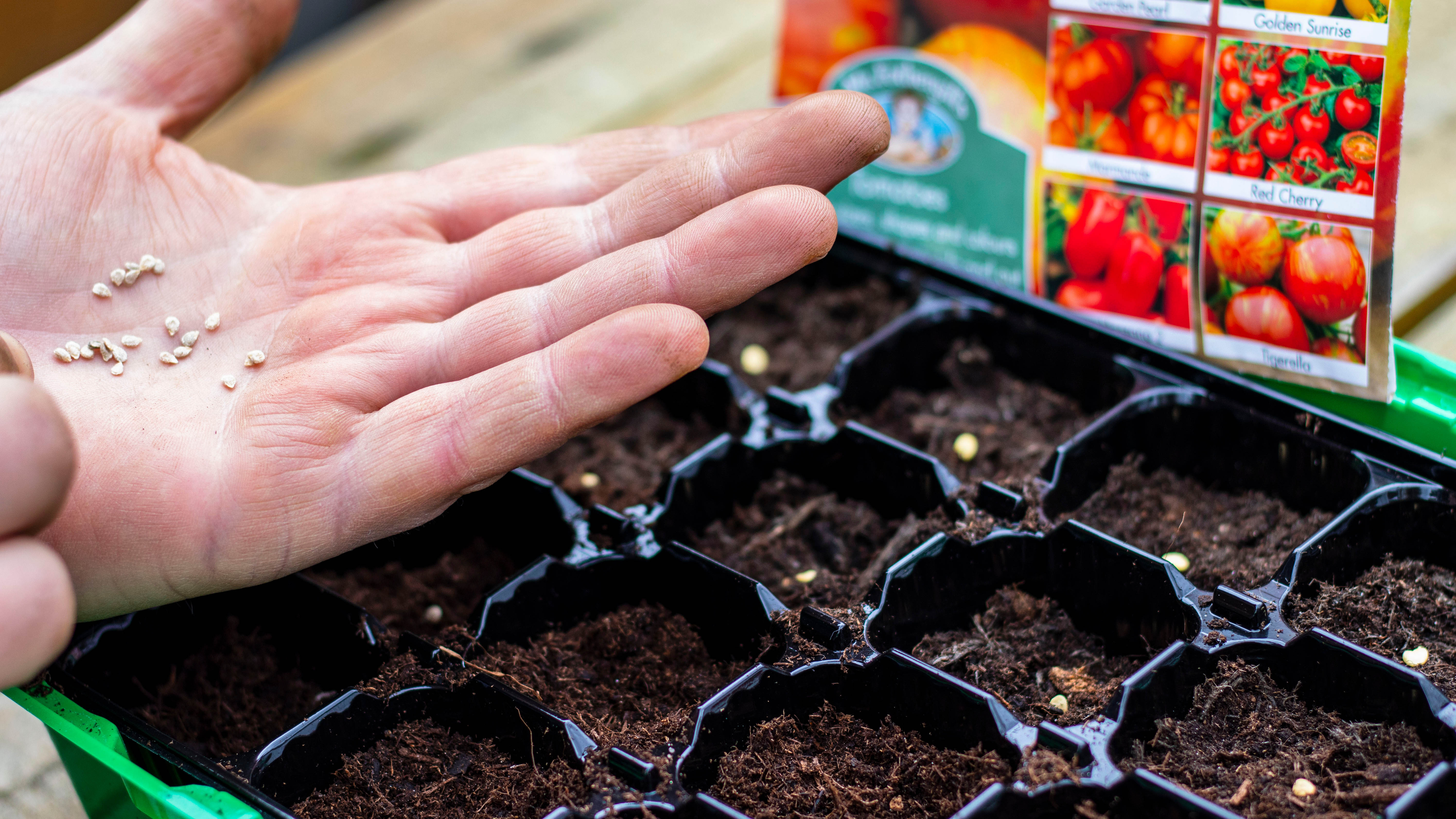
4, Place seedling containers in a warm spot
Since tomatoes thrive in warm temperatures, place your containers in a warm spot, such as by a sunny window or window sill. Tomato seeds usually germinate within five to 10 days.
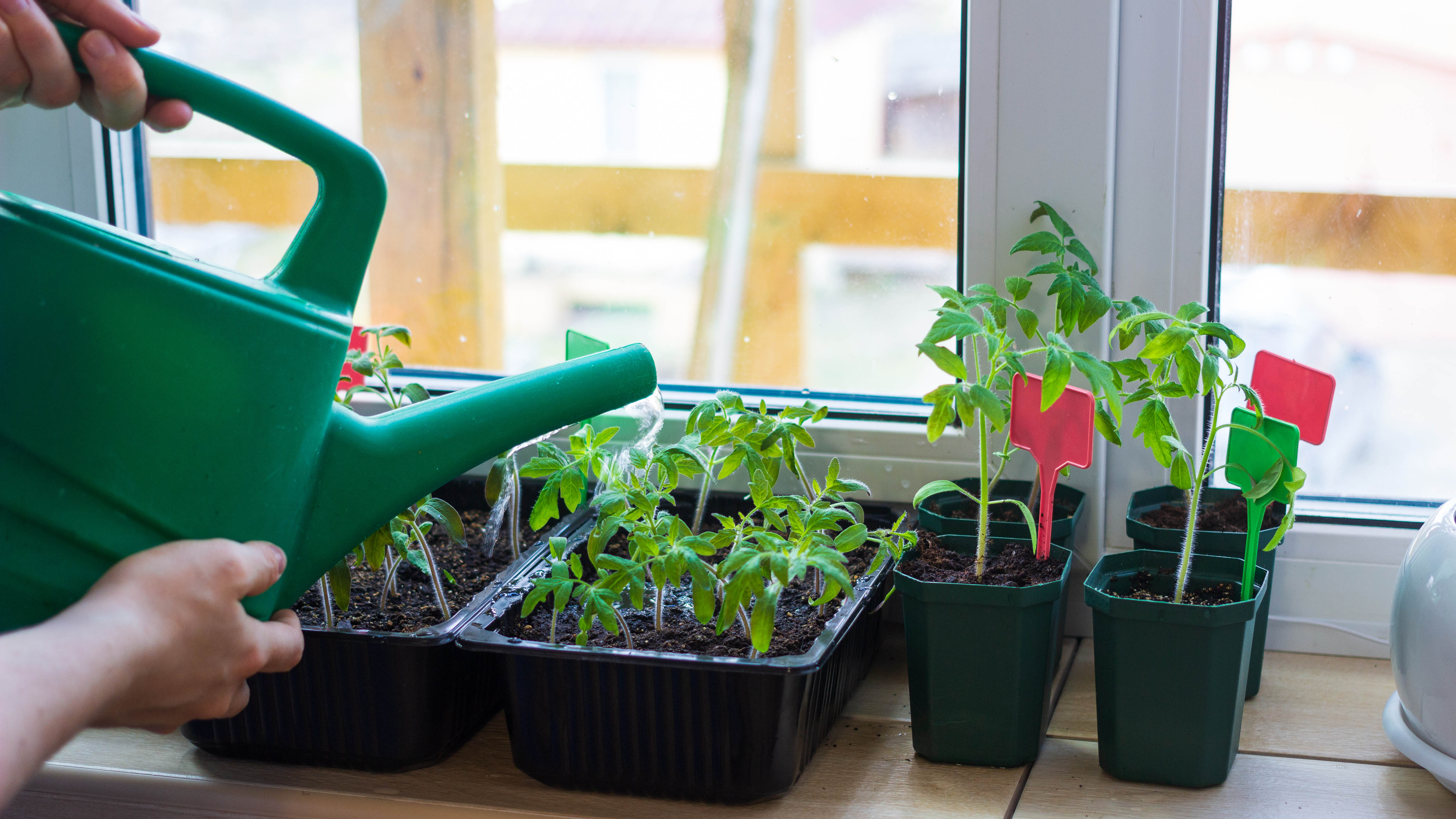
5. Plant your seedlings
Once the weather warms up — your soil temperature should be no less than 55 to 60 degrees Fahrenheit — you can plant your tomatoes outside. However, before you place them in the ground permanently, you'll want to "harden" them — that is, get them used to the outdoors.
About a week before you're ready to plant them in the ground, bring your seedlings outside during the day, and then back in at night. This will get the tomato plant ready for the outside world.
When the tomato plant has its first set of leaves and grows to about 2 to 4 inches tall, they are ready to be transplanted outdoors. Find a location under the full sun and place your seedlings into the ground, spacing them about two feet apart.
Remove the bottom set of leaves, and bury the plant so that only the two top sets of leaves are showing. Lightly water.
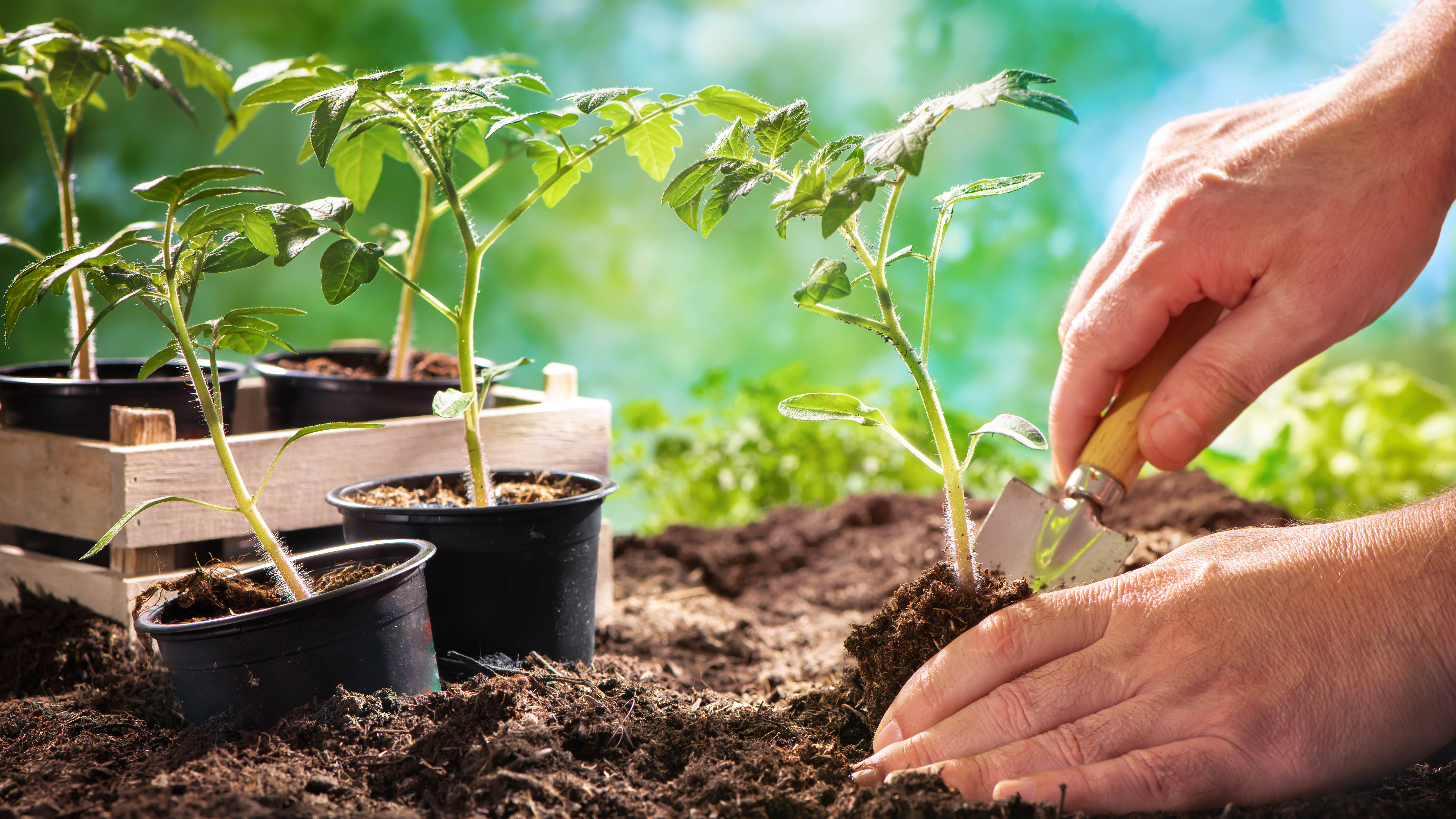
When can you start planting tomatoes?
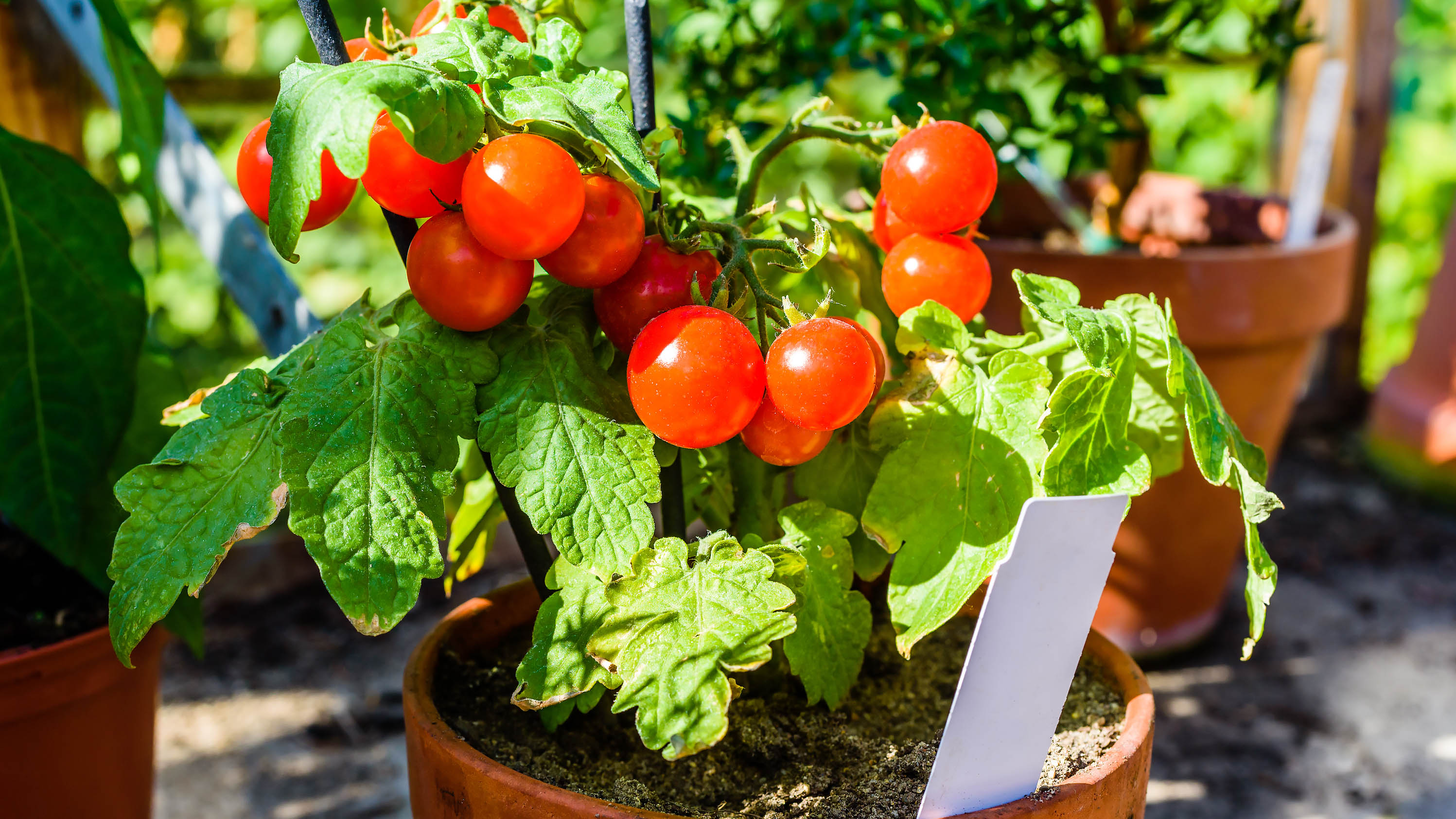
The ideal time to start planting tomato seeds is around late spring or when signs of frost has passed, and your soil temperature has reached 60 degrees. If you plant too early, this could result in potential frost damage, rot or mold. It’s always best to allow warmer weather to settle in, and warm up the soil before planting outdoors.
Tips for growing tomato plants
— Use stakes or a trellis to support your tomato plants and keep them off the ground. These will help them grow vertically, and also save space in your backyard.
— If you don’t have a garden but are using outdoor planters, avoid plastic pots. These prevent natural air circulation to the plant which can result in root damage or mold. Terra cotta pots are good for maintaining tomato plant growth. We've got additional tips on how to grow tomatoes in pots.
— Water regularly, for at least an inch of moisture each week, and more in the summer. You can buy a useful tool to indicate when the soil needs watering like this Gobetter Soil Moisture Meter, Plant Water Meter ($9, Amazon).
If you want to get planting this season, check out what to plant in March as spring arrives and here a garden expert reveals the 3 seeds you should be planting right now for the best results in your yard. You can also check out our guide on how to grow garlic in 6 simple steps or tips on how to save a dying plant.
Also, be sure to check out how to clean with vinegar without the smell, while you learn how to clean every room of your home for spring-cleaning tips.

As the Homes Content Editor, Cynthia Lawrence covers all things homes, interior decorating, and garden-related. She has a wealth of editorial experience testing the latest, ‘must-have’ home appliances, writing buying guides and the handy ‘how to’ features.
Her work has been published in various titles including, T3, Top Ten Reviews, Ideal Home, Real Homes, Livingetc. and House Beautiful, amongst many.
With a rather unhealthy obsession for all things homes and interiors, she also has an interior design blog for style inspiration and savvy storage solutions (get rid of that clutter!). When she’s not testing cool products, she’ll be searching online for more decor ideas to spruce up her family home or looking for a great bargain!
